10 Cheeses to eat when skiing.
When it comes to skiing, cheese plays a huge part in the alpine experience. From cheese to fromage to kase to formaggio, the Alps is certainly a place for cheese lovers. Cheeses from EU countries have a system of regional protection called PDO (Protected designation of origin). Much like champagne can only come from the Champagne region of France and a Melton Mowbray pork pie can only come from Melton so certain cheeses have location protections.
I love cheese and for me there is nothing better than a cheese buffet at the end of a meal to round things off with a bottle or two of wine. So I have compiled a list of some of my favourites to eat when on a ski trip.
Gruyere. This Swiss cheese is outstandingly versatile. Make sure you buy Swiss Gruyere though as other imitations use pasteurised milk. The raw milk in this cheese offers a very rich nutty flavour and a melting point that is ideal for cooking with. It is my go to cheese for cooked cheese dishes. It is, however, equally good uncooked when shaving slivers off to savour that salty, sweet, fruity, and nutty palette. A denser cheese peppered with minute salt crystals that explode every now and then before melting in mouth. Prices can vary with the more expensive having been cave aged in excess of two years. Let’s cheer for Gruyere!
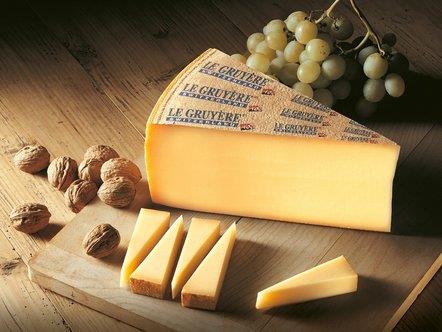
Emmental. Another Swiss classic cheese Emmental or Emmataler is like gruyere but milder in taste making it a favourite with young children. When our American cousins refer to Swiss they mean Swiss cheese and in particular Emmental or a version of it. The truckles of cheese are huge, weighing up to 100kg. Bacteria in the cheese during its maturing process release carbon dioxide which in turn causes perfectly round holes of varying size but up to golf ball size. The ageing process can take over 12 months. Now for all you health freaks out there, Emmental is actually a really good option as far as cheese goes. Firstly, it contains far less salt as no salt is added to the curds. Secondly, the fat is skimmed from the raw milk which makes it great for those looking at the calories. Emmental gives a range of flavours from distinctly nutty, to mild fruits, to a buttery finish. The cheese is also remarkably elastic making it again fun for the kinder.
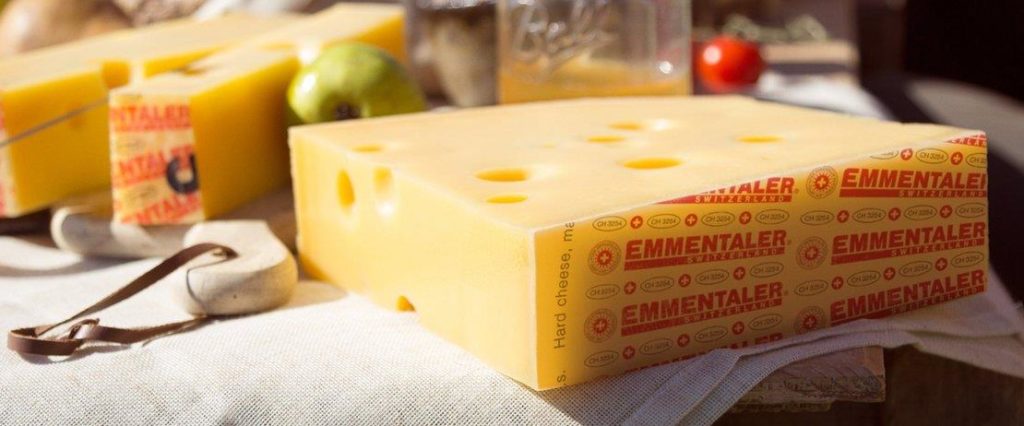
Emmental, every cartoon image of a block of cheese looks like this.
Reblochon. Unlike Gruyere or Emmental that take their names from the areas where they were made, the French cheese Reblochon owes its name to a tax dodge. Now, we are not talking Starbucks here, this is more the cash in hand window cleaner end of the spectrum. Dating back to the 13th century peasant farmers had to pay tax to wealthy landlords dependent on their daily milk production. On the days that milk output was checked the farmers would cunningly only partially milk each cow to lower their tax liabilities. They would then take the remainder later but found that this residue was very high in cream and perfect for cheese making. In the local Savoie dialect this was known as ‘La rebloche’ or in French ‘Re-blocher’ and the literal translation is to “pinch a cow’s udder a second time”. This cheese found itself waning in popularity and so some genius from the marketing board in the 1980s invented a dish called Tartiflette to increase sales and the rest is history. This soft nutty cows’ milk cheese melts well and is used for tartiflettes, raclettes or even in a farcon. Served uncooked on an assiette de fromage it is perfect with walnuts, celery, crisp apples and a glass of Vin de Savoie.
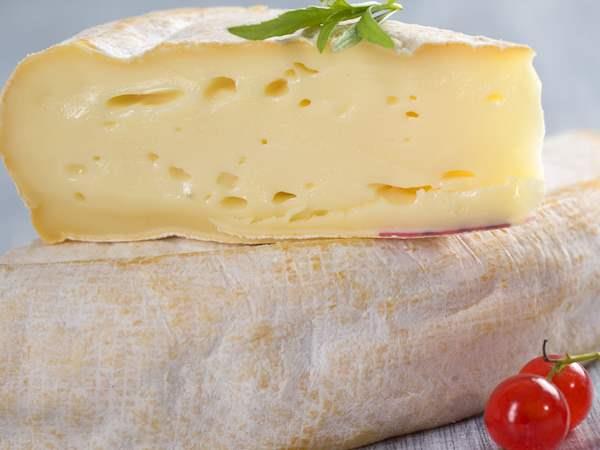
Roquefort. Coming from Leicestershire I shouldn’t say this but Roquefort knocks Stilton into a cocked hat. There I’ve said it, but it’s true. I know this isn’t a skier’s cheese per se but it does come from the mountainous region south west of the alps in Roquefort-sur-Soulzon. This is an unpasteurised sheep’s cheese that is matured in caves that introduce Penicillium Roqueforti. One thing to note is that this doesn’t contain penicillin as we know it but for all your lothario seasonaires out there it has been found to inhibit chlamydia. Known by the French as the ‘king of cheeses’ it offers a creamy texture with salty notes and the blue marbling of butyric acid gives a sharp tang that marries perfectly with a full bodied red wine. What a winner!
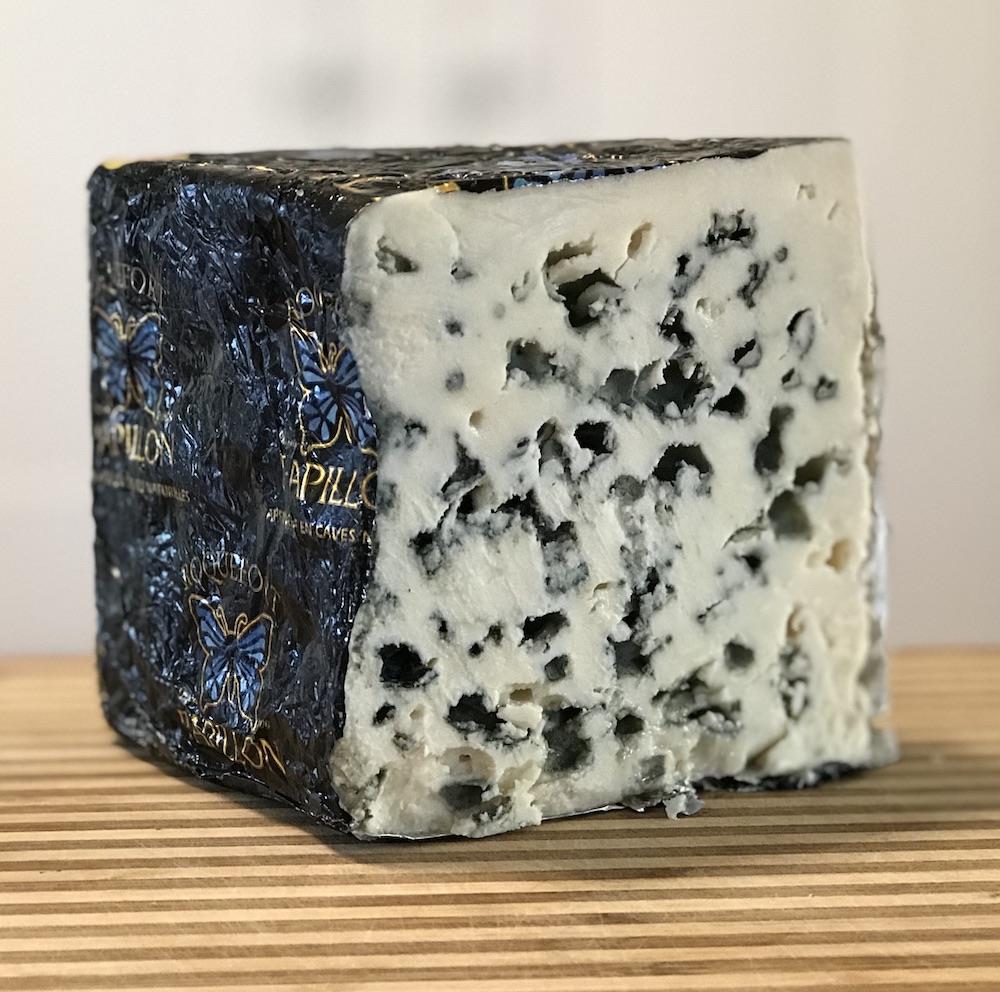
Tomme de Savoie. Tomme, sometimes spelt Tome is a generic term for a type of cheese made in the French Alps, North West Italian Alps, and South west Swiss alps. The cheese comes in all differently coloured rinds and can be made from cow, goat, or sheep’s milk. Having the fat skimmed from it means it is a healthier option than many cheeses. Tomme de savoie is a semi firm cheese made into smaller truckles of around 2kg. The cheese has carbon dioxide formed irregular air bubbles and a smooth texture affording an earthy taste with a cave-like scent.
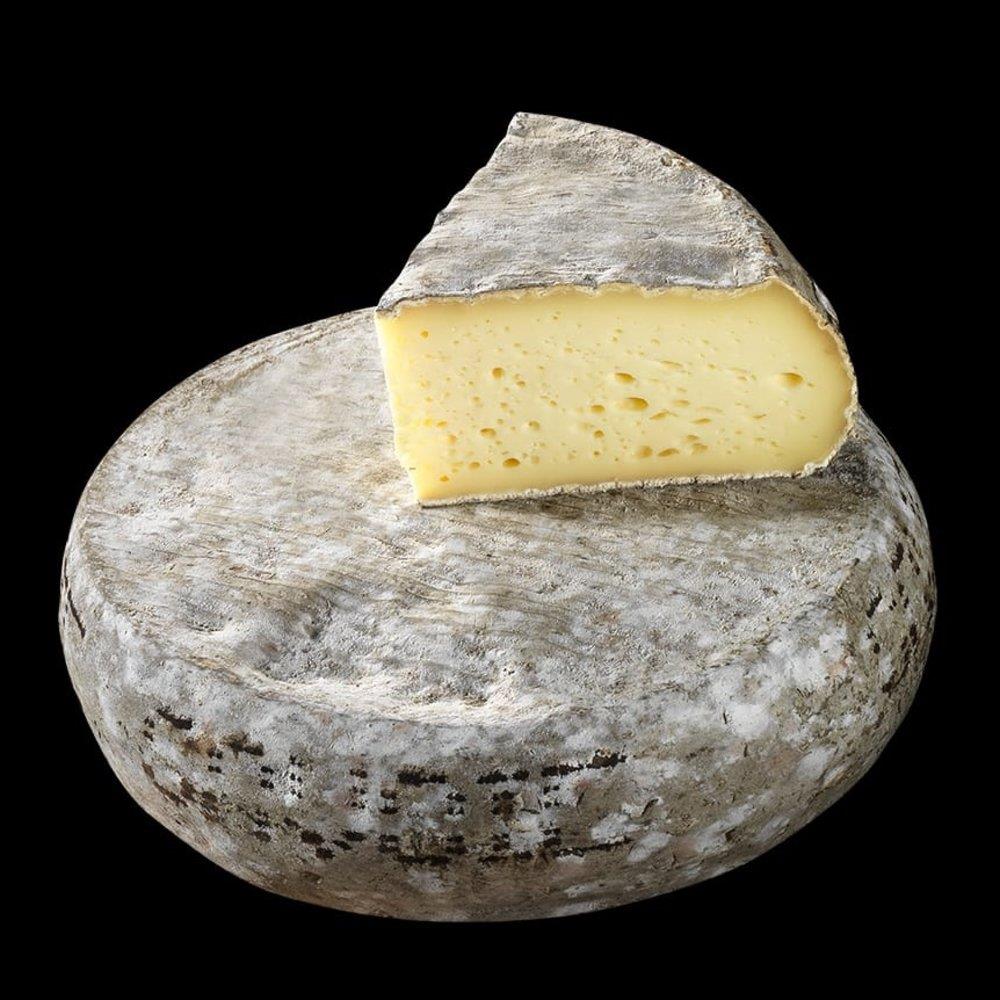
Chabichou. Hailing from the West of France in the Aquitaine district, this goat’s cheese is one of my favourites. Being soft ripened using pasteurised milk the cheese has a semi-soft texture and that heady goat aroma provides a full bodied rounded taste with sour overtones. The cheese is formed as a cylindrical “bonde”, so called as it resembles the bung of a gun barrel and it weighs around 500g-750g. The soft white outer is hardly a rind but makes for an interesting aesthetic and contests well on slate plates with cornichons. This is one incredibly morish cheese. Vive la chevre!
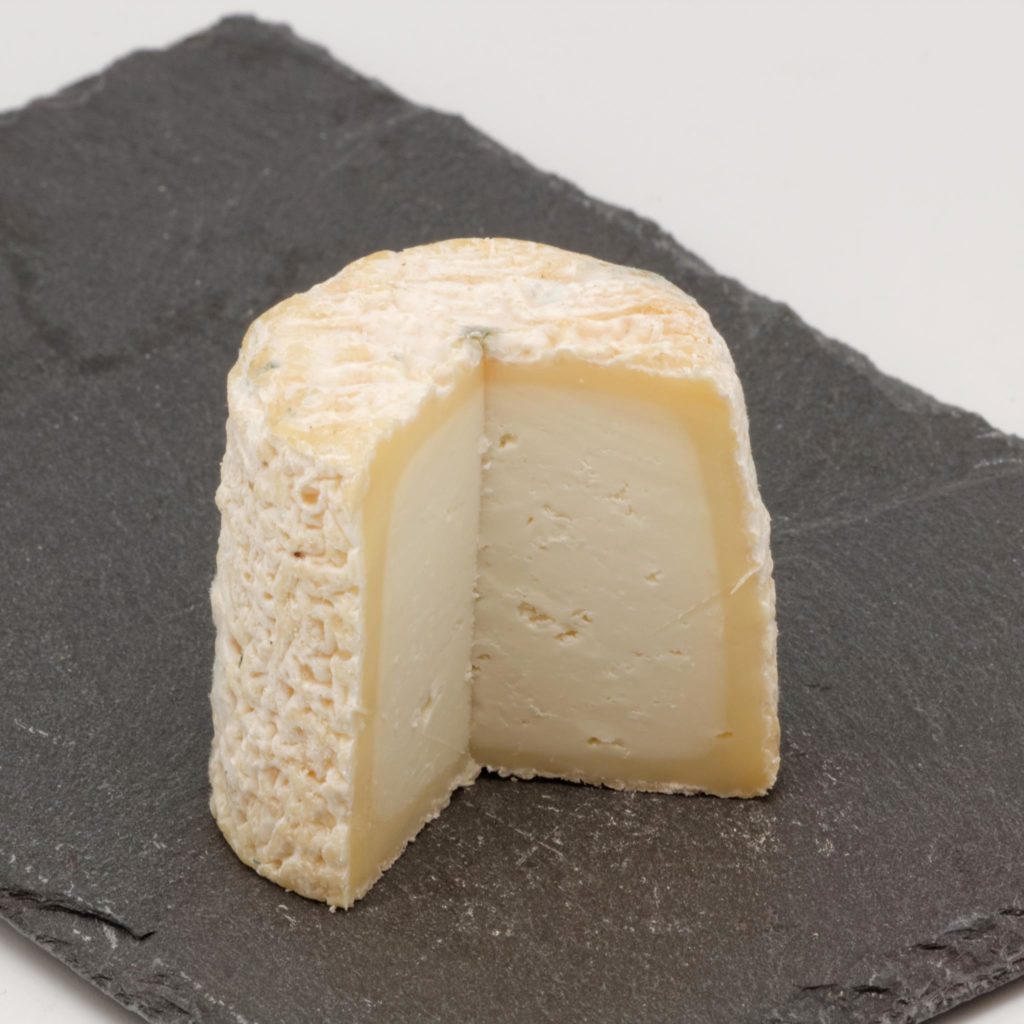
Bito Storico. This Italian beauty can age for a whopping 18 years and enjoys the moniker of the “oldest edible cheese in the world”. With a mere 12 producers, all located in eth Bitto Valley, it is a little tricky to find but that only helps with the mystique and romance of this formaggio. Predominantly made from cows’ milk but with a 10-20% addition of Bergamo Alpine goats’ milk it has a depth of flavour and nods a hint towards hay, grasses, and local foliage. The cycle of production starts from June until the start of October. Many micro environmental factors affect the end product of the cheese and so of the 12 artisan cheese makers they will all have their own unique idiosyncrasies. A truckle of this bad boy can weigh anything from 9kg up to 20kg. Used in many Italian Alpine and Ladin Dolomiti dishes it is certainly worth hunting down for its mild and subtle taste.
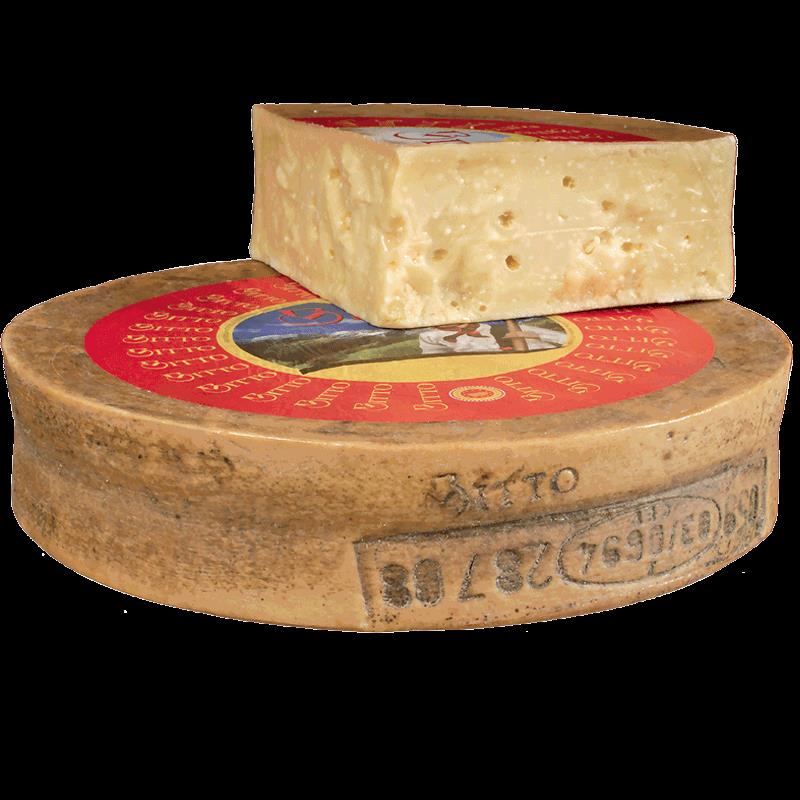
Bagoss di Bagolino. Hailing from Brescia in the Lombardy region of Italy this cheese is made exclusively from the milk of brown alpine cows that are fed on hay in the winter and altitude pastures in the summer. They even dedicate a festival for the returning of the cows to the valleys called the “Transhumance festivale” in October every year for two days . The cheese presents with a distinctive bronzed rind and a hard flaked flesh that is yellowed with the addition of saffron. The truckles are disk shaped around 15-20 inches in diameter and weighing around 20kg. Whilst this cheese packs taste it also packs a pricey punch too. Therefore it is often reserved for special occasions, festivals, and holy days. The cheese affords an intensely smokey aroma but is balanced with subtle tones of walnut and sweet chestnut.
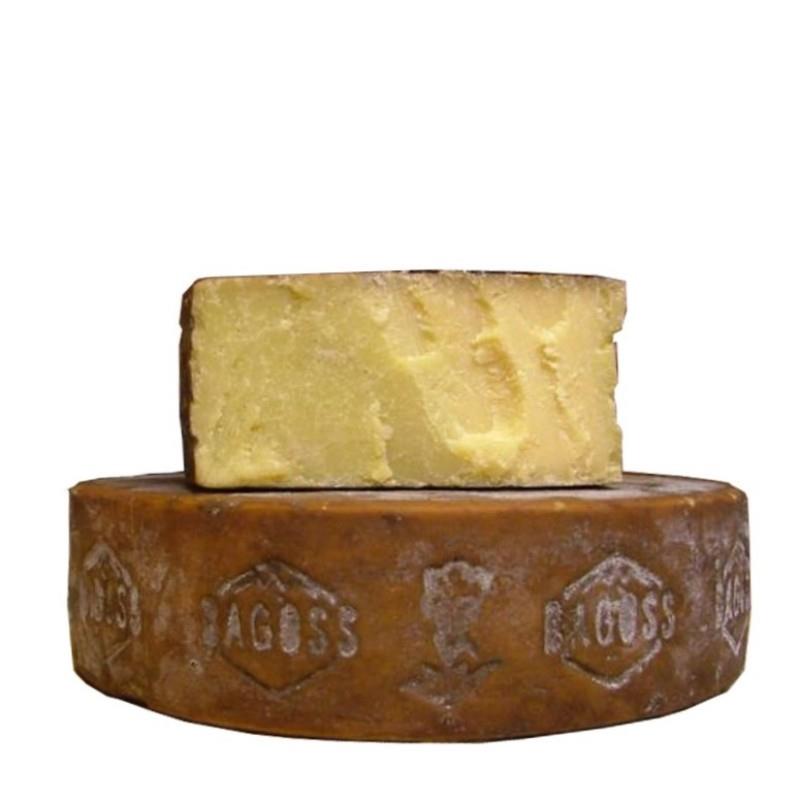
Tiroler Bergkase, is what it says on the tin; mountain cheese from the Tyrol – very Teutionic is that. This is a hard cheese produced from the raw milk of Alpine cows that are allowed to graze on mountain pastures during the summer and hay in the winter when they are housed in valley floor kuhstalls or cowsheds. The cheese has a golden leathery hard rind with a softer paler ivory coloured smooth. Coming in disk shaped truckles up to 20kg. Asd the cheese is a more generic term it can vary with some having flesh dotted with lentil sized bubbles. Bergkase offers varying degrees of Alpine aromatics combined with subtle piquant notes.
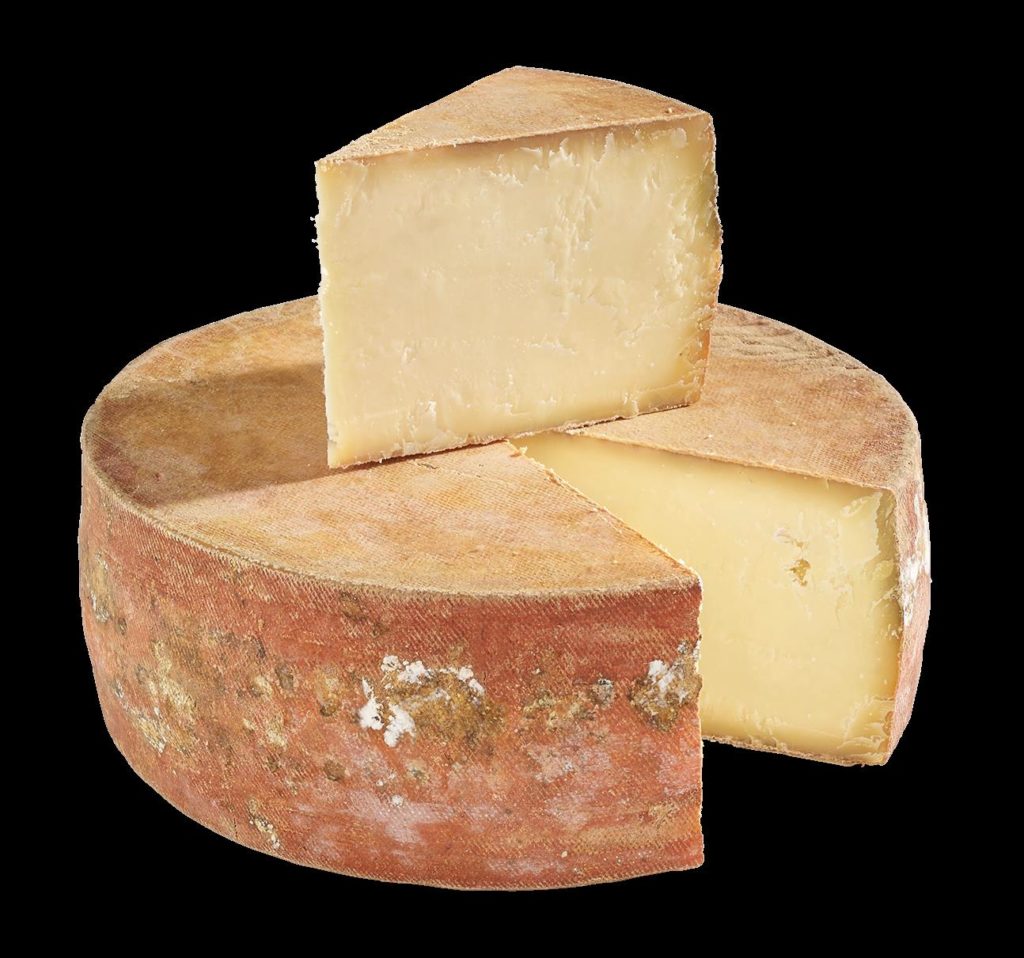
Comte. Cometh the man, cometh the Conte and what a cheese this is! This cheese hails from the Franche-Comte region of Eastern France along the Swiss border. Out of all of the appellation d’Origine Controlee (AOC) cheeses it has the highest production. Comte’s depth of flavour is immense with savoury notes having sweet fruit and buttery roasted nutty undertones. The flavours are clean and mirror the pasture lands and mountain streams of the region’s famous Jura mountains. This raw unpasteurised cheese is matured in caves in the Jura mountains for up to 2 years. It takes on the caves’ characteristics with a deep earthy scent. The natural rind is like a well seasoned chopping board and the flesh is brittle and with an aged yellow appearance. Perfectly coupled with pears, dates and an assiette de charcuterie. As for wine, well my first choice would be a crisp white such as the Jura’s own grape Savagnin based Vin Jaune (yellow wine). This beauty will cut through the cheese fats and offer a refreshing alternative whilst cleansing the palette.
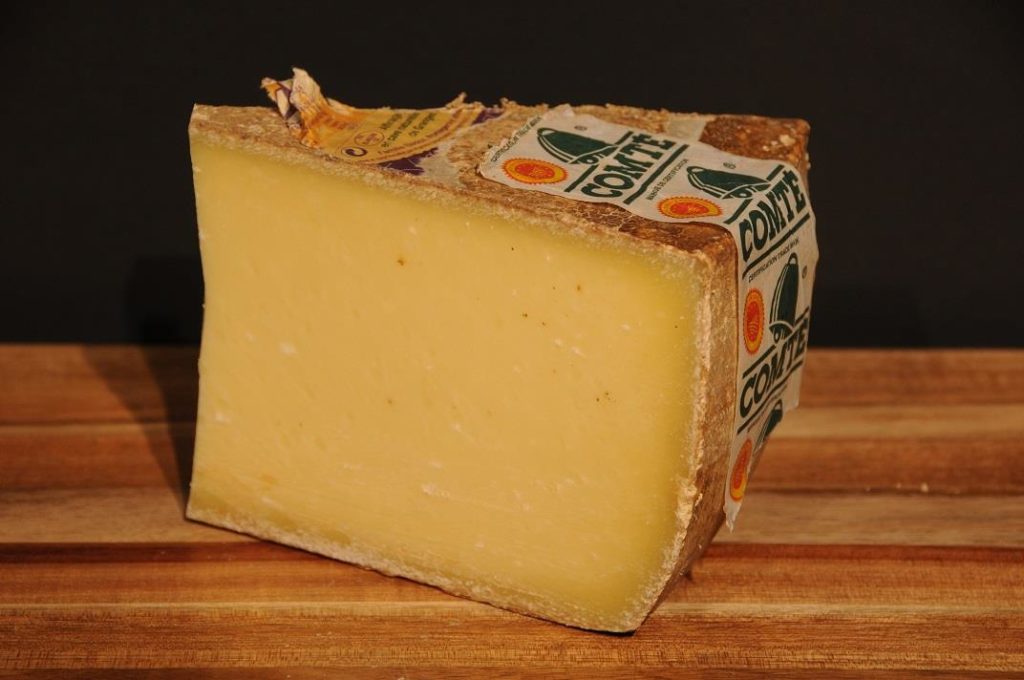
Happy troughing fellow skiers and don’t get the cheese sweats. I hope you enjoyed the article.

